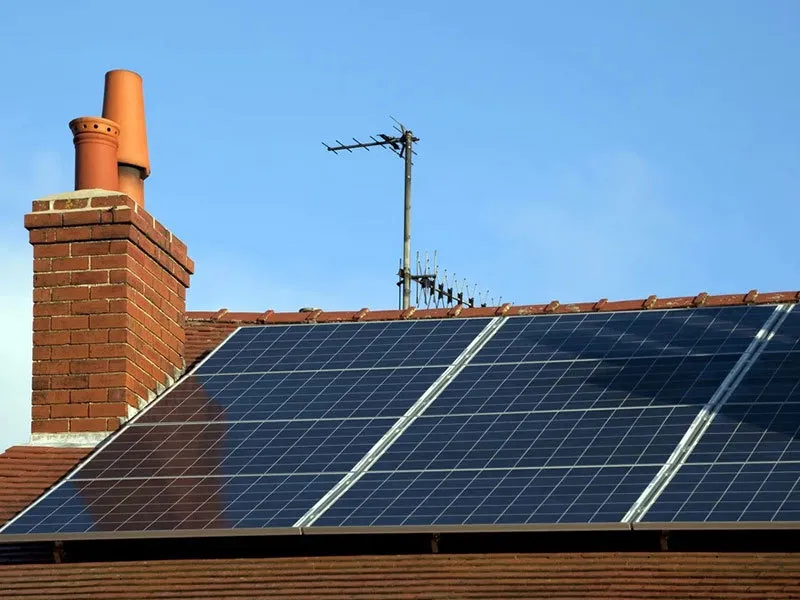Typical Dimensions of Solar Panels and Their Impact on Installation Choices
Typical Solar Panel Dimensions A Comprehensive Overview
As the world steadily pivots towards renewable energy sources, solar panels have emerged as one of the most popular options for both residential and commercial energy solutions. A crucial aspect of understanding and selecting solar panels is grasping their typical dimensions. The size of solar panels plays an essential role in determining their energy output and efficiency, as well as fitting them into available installation spaces. This article delves into the typical dimensions of solar panels, helping you make informed decisions whether you are an end-user or a professional in the solar industry.
Standard Measurements
Most commercial solar panels produced today have standard dimensions that facilitate their integration into various systems. The traditional size for a solar panel is approximately 65 inches by 39 inches (around 1.65 meters by 1 meter). This size typically represents a 60-cell panel configuration, which is commonly used in residential applications. Solar panels are composed of individual solar cells, usually made from silicon, which convert sunlight into electricity. The 60-cell configuration often results in a power output ranging from 250 to 300 watts.
For larger installations or commercial use, 72-cell solar panels are prevalent. These panels generally measure about 77 inches by 39 inches (around 1.96 meters by 1 meter) and can produce between 300 to 400 watts or more. The extra cells provide higher energy production and are ideal for larger rooftops or ground-mounted solar arrays.
Variations in Dimensions
While 60-cell and 72-cell configurations dominate the market, there are variations in panel dimensions that cater to specific needs. Some manufacturers produce smaller panels designed for niche applications, such as portable solar power solutions, which can range from 25 to 36 inches in length. These smaller panels are often lightweight and flexible, making them ideal for camping, boating, or emergency power needs.
Additionally, some newer technologies, such as bifacial solar panels, may come with slightly different dimensions. Bifacial panels have solar cells on both sides, enabling them to capture sunlight reflected off surfaces below. These panels may be offered in varied sizes, and their dimensions can reflect designs that optimize energy absorption.
typical solar panel dimensions

Factors Influencing Dimensions
Several factors influence the dimensions of solar panels. The most fundamental factor is the number of solar cells utilized. More cells typically mean a larger panel; however, manufacturers also consider efficiency and weight when designing panels. Additionally, the technology and materials employed in construction impact dimensions. For instance, panels using advanced monocrystalline technology may be slightly smaller but more efficient compared to polycrystalline panels.
Installation space is another significant consideration. Homeowners may opt for smaller, more compact panels if roof space is limited. In contrast, those with ample ground space might prefer larger panels to maximize their energy production.
Importance of Dimensions
Understanding the dimensions of solar panels is crucial not just for installation purposes but also for assessing system capacity. The area available for solar panels directly impacts how much energy a system can generate. Calculating the square footage available will assist in determining how many solar panels you can install, ultimately helping you meet your energy needs.
Moreover, panel dimensions can influence aesthetic considerations. Homeowners should consider how the size of the panels will impact the visual appearance of their property. Ensuring that the solar panel installation complements the existing architecture can result in better overall satisfaction.
Conclusion
In conclusion, the dimensions of solar panels play a pivotal role in their functionality, installation, and overall efficacy. Understanding the typical sizes, from the widely used 60-cell and 72-cell panels to smaller niche products, helps consumers and professionals alike make informed decisions. As the solar industry continues to evolve, innovations may lead to even more options regarding size and efficiency, further enhancing the appeal of solar energy as a sustainable power source. As you explore solar energy options, keeping these dimensions in mind will aid you in optimizing space and energy output, ultimately aligning with your energy goals.
-
Unlocking Energy Freedom with the Off Grid Solar InverterNewsJun.06,2025
-
Unlock More Solar Power with a High-Efficiency Bifacial Solar PanelNewsJun.06,2025
-
Power Your Future with High-Efficiency Monocrystalline Solar PanelsNewsJun.06,2025
-
Next-Gen Solar Power Starts with Micro Solar InvertersNewsJun.06,2025
-
Harnessing Peak Efficiency with the On Grid Solar InverterNewsJun.06,2025
-
Discover Unmatched Efficiency with the Latest String Solar InverterNewsJun.06,2025







